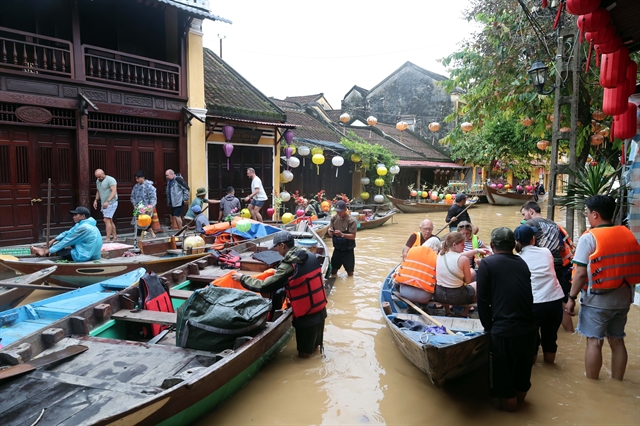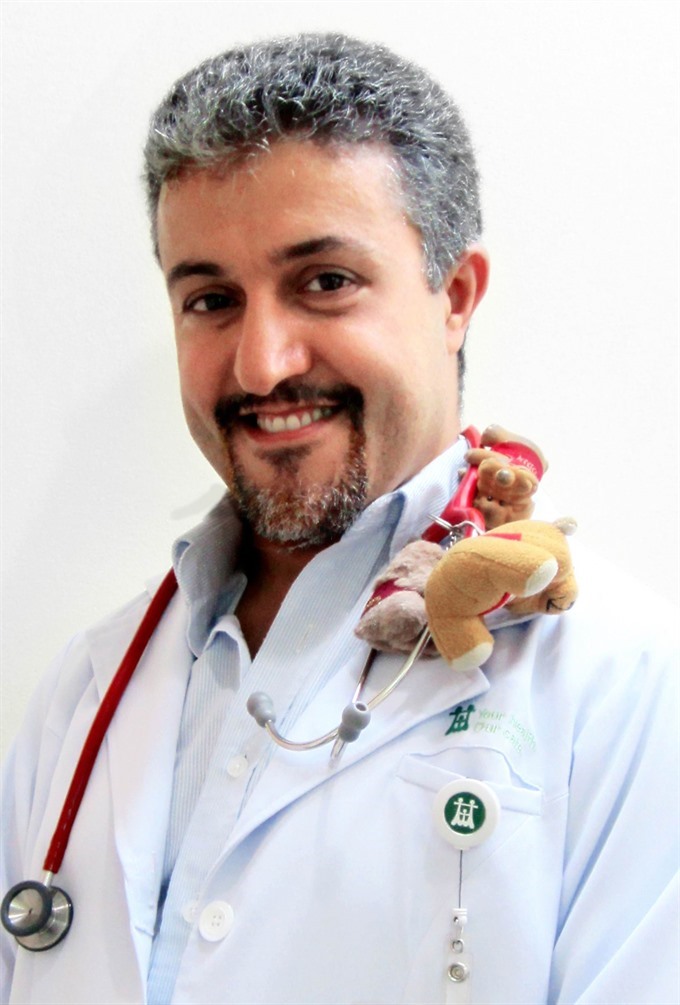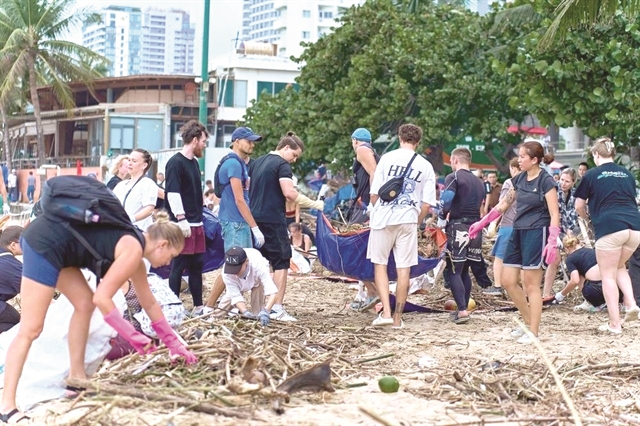 Life & Style
Life & Style

I recently had a three-year-old child suffering from recurrent runny nose, ongoing cough, sneezing and sometimes sticky red eyes for three months. He was previously a healthy child, but now he has these symptoms almost daily. He was prescribed many different types of medications for coughing, allergies together with antibiotics. This sometimes helped, but as soon as he stopped taking them, he would become sick again.
 |
| Dr. Jonathan Halevy |
By Dr. Jonathan Halevy *
I recently had a three-year-old child suffering from recurrent runny nose, ongoing cough, sneezing and sometimes sticky red eyes for three months. He was previously a healthy child, but now he has these symptoms almost daily. He was prescribed many different types of medications for coughing, allergies together with antibiotics. This sometimes helped, but as soon as he stopped taking them, he would become sick again. His mother was concerned his immune system was weakening. After questioning the mother, we found out that just before the child became sick, a construction site started not far from their home.
Having a construction site in your neighbourhood where they demolish, build or renovate an apartment, house, road or bridge, is much more damaging than just the noise that doesn’t let you sleep. The heaviest toll is air pollution.
Even if you don’t live next to a construction site or a busy street, you are still exposed to high levels of air pollution. Most who live in big cities, like Hanoi and HCMC, are well aware of the horrible air full of dust, smoke and harmful gases. Exposure to air pollution and little particles of dust cause us to suffer from repeated stuffy noses, cough, sinus problems and eye infections.
It’s not just the regular dust found in every home. Construction dust contains many different types of chemicals, cement dust, heavy metals, synthetic fibres, sawdust and even asbestos (lung cancer) and silica (chronic lung disease)
Fumes from cars, trucks, bulldozers, generators and other fuel-operated machinery in and around the site contribute significantly to the pollution of the air we all breathe. Radon is a radio-active gas released from the soil. At construction sites, its levels increase as it is released into the atmosphere. Radon is one of the leading causes of lung cancer (second to cigarette smoking)
Aspergillus is a fungus (mold) that is ubiquitous in soil. During construction, renovation or demolishing of buildings. it spreads easily into the air and may cause significant respiratory problems and chronic allergy symptoms to those living nearby.
Construction sites promote infestations, such as rats and cockroaches. These animals can shed their skin into the environment. These are known strong triggers of allergies and asthma.
Chemicals and heavy metals from construction sites can be absorbed into the soil and water in the neighbourhood and cause further pollution and health problems.
Air borne chemicals and dust particles can also cause irritation to kin and eyes and cause dermatitis (skin inflammation) and eye infections (stye, conjunctivitis)
The construction site doesn’t have to be next door. It can be hundreds of meters away and still have a heavy effect on child health. The same goes for construction sites near schools and kindergartens.
I see many children from different areas of the city who suffer from chronic nasal congestion, sinusitis and enlarged adenoids, chronic bronchitis, asthma and eye infections because their immune system is desperately trying to fight a lost battle with air pollution.
First, there is a simple way you can tell if your environment is dusty or not: Take a large piece of paper (A4) and leave it on a shelf at your home without touching or cleaning it. Observe the paper for four to five days. Take a picture once a day and see the difference. It will give you an idea on how much dust you have at home.
Some children may be more sensitive than others. If your child is allergic to dust (more accurately, dust mites) then he is likely to suffer from more severe symptoms.
There are ways to help reduce exposure to dust and pollution. If you live near busy roads or construction sites, you may need to keep your windows closed.
If you use air conditioners, make sure the filters are cleaned frequently, at least monthly. These filters tend to accumulate dust and mold and spread them into the room.
Vacuum clean your home with HEFA filters daily. Remove objects that may accumulate dust from your child’s room (carpets, heavy curtains, furry toys, pillows).
Clean and air bed sheets and mattresses frequently. If you live near construction sites, busy roads or in a dusty neighbourhood, use a facemask every time your child leaves home. They may help reduce exposure to large dust particles. Unfortunately, most are not useful against tiny particles, chemicals or gases. Sometimes, taking a holiday on the beach where the air is clean can do wonders for your health. – Family Medical Practice Vietnam
*Dr Jonathan Halevy is a senior paediatrician at Family Medical Practice in HCM City. He specialises in paediatric emergency medicine and neonatal intensive care.
For more advice on any medical topics, visit Family Medical Practice Hanoi at 298 I Kim Mã, Ba Đình. Tel: (024) 3843 0748. E: hanoi@vietnammedicalpractice.com.
FMP’s downtown Ho Chi Minh location is Diamond Plaza, 34 LêDuẩn, District 1: 95 ThảoĐiền Street, District 2. Tel: (028) 38227848. E:hcmc@vietnammedicalpractice.com
FMP Danang is located at 96-98 NguyễnVăn Linh Street, HảiChâu District, ĐàNẵng. Tel: (0236) 3582 699. E: danang@vietnammedicalpractice.com




.jpg)